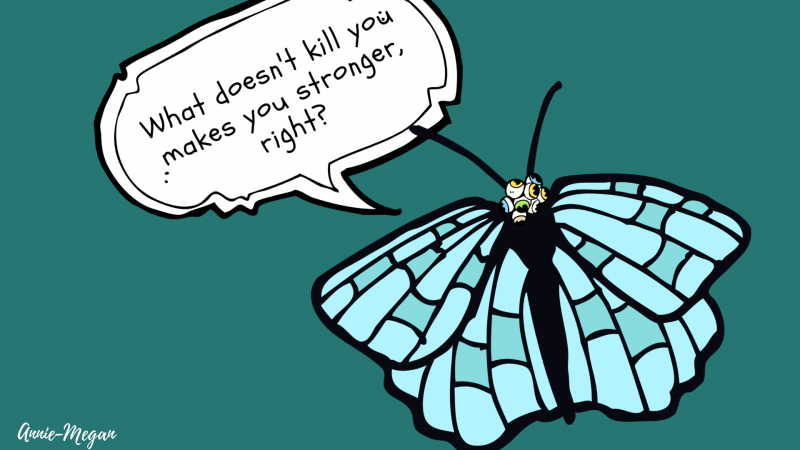
The beauty of nature lies in its resilience. A testament to this is Japan’s Pale Grass Blue Butterfly, Zizeeria maha. It’s ability to become radiation resistant by undergoing adaptive evolution is a metamorphosis catalysed by tragic beginnings.
In 2011, Japan weathered the magnitude 9 Tohoku earthquake, which brought a 40 meter Tsunami to Japan’s shores. It caused nuclear meltdown of reactors 1, 2 and 3 in the Fukushima Daiichi Nuclear Power Plant and soon after, radioactive waste was released into the surrounding prefectures. Radioactive iodine-131, cesium-134 and cesium-137, were released into the surrounding groundwater, which have long half lives and are difficult to remove from the environment. These radioactive isotopes increase the chances of genetic diseases due to mutations in humans as well as the natural fauna living near the Fukushima prefecture.
Several generations of the Pale Blue were monitored over a span of five years by Otaki J. M, a Japanese scientist, who, along with his colleagues, documented the effects of radiation from the Fukushima Daiichi tragedy on Zizeeria maha. The butterfly’s feeding habits showed an increased mortality rate and a number of genetic mutations in their offspring. Phylogenetic mutations, like smaller and shriveled up wings that were observed, were due to the cumulative effects of the radiation.
Interestingly, against the odds, the number of Pale Blues had stabilized within just a year of the Fukushima disaster. They had managed to evolve radiation resistance and survive in an otherwise unfavorable environment; a modern example of adaptive evolution that can be credited to the ability of these arthropods to change their genome to suit the need of the hour.





